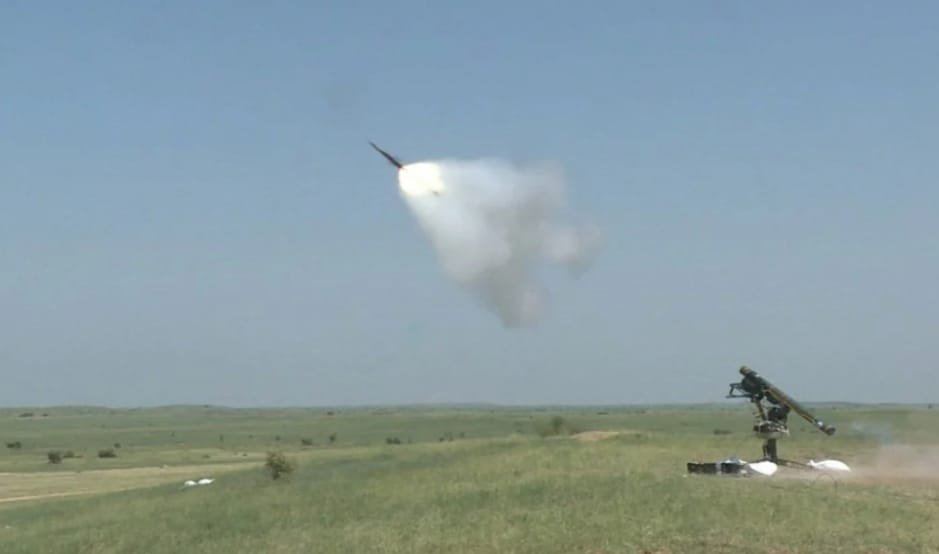
New Success for Indian Army with 4th Generation VSHORADS Trials to Counter Aerial Threats
On October 3 and 4, 2024, India’s Defence Research and Development Organisation (DRDO) completed a series of three flight tests for its fourth-generation Very Short-Range Air Defense System (VSHORADS) at the Pokhran Field Firing Range in Rajasthan. This advanced and miniaturized system, designed for short-range air defense, was tested under high-speed aerial threat scenarios, demonstrating a significant capability in portable air defense technology.
VSHORADS, short for “Very Short-Range Air Defense,” is an Indian-developed system intended to counter nearby aerial threats. It is classified as both a Short-Range Air Defense (SHORAD) system and a Man-Portable Air Defense System (MANPADS).
Lightweight and portable, VSHORADS weighs approximately 20.5 kg and is 2 meters long, with a 90 mm diameter and a wingspan of 32 cm, making it easy to transport and deploy. Powered by a dual-thrust rocket motor, it reaches a maximum speed of Mach 1.5. Its operational range spans from 250 meters to 7 kilometers, with a maximum flight altitude of 3,500 meters.
The VSHORADS features a dual-band infrared imaging guidance system for accurate detection and tracking of aerial targets, coupled with an adaptive proximity fuze for optimal effectiveness upon impact. This system can be launched from either a tripod or a weapon platform, allowing flexibility across operational environments. These trials, which aimed to validate critical parameters such as maximum range and altitude interception, confirmed the missile’s capabilities for the Indian Armed Forces, demonstrating the reliability of its “hit-to-kill” technology in various engagement scenarios.
The VSHORADS missile development has been independently managed by DRDO in collaboration with two selected production agencies under the Development-cum-Production Partner (DcPP) model. This phase represents a significant milestone, enabling imminent user trials and fast-tracked production in line with the Modi administration’s vision of an “Aatmanirbhar Bharat” (self-reliant India). Developed to meet the Army’s needs, VSHORADS addresses longstanding requirements to modernize air defense systems, with plans for it to replace the legacy Igla systems. In recent years, the Army has procured limited quantities of Igla-S under emergency protocols, yet VSHORADS presents a durable and strategic alternative.
Primarily developed by the Research Centre Imarat (RCI) in collaboration with other DRDO laboratories and DcPPs, VSHORADS is designed for ease of deployment in combat zones, enabling soldiers to operate in remote areas without reliance on extensive infrastructure.
The Indian Armed Forces have been actively involved in the VSHORADS project from its inception and contributed to the development trials, highlighting the project’s strategic importance. Defence Minister Rajnath Singh commended DRDO and its industry partners for their work, noting that the missile’s modern technology offers enhanced capability to address aerial threats.
Dr. Samir V. Kamat, Secretary of the Department of Defence R&D and Chairman of DRDO, also acknowledged the successful tests, underscoring VSHORADS’ potential as a pivotal component in national air defense. These trials mark a crucial step toward operational integration of VSHORADS, aligning with India’s efforts to modernize its defense capabilities and reduce reliance on imported systems.


